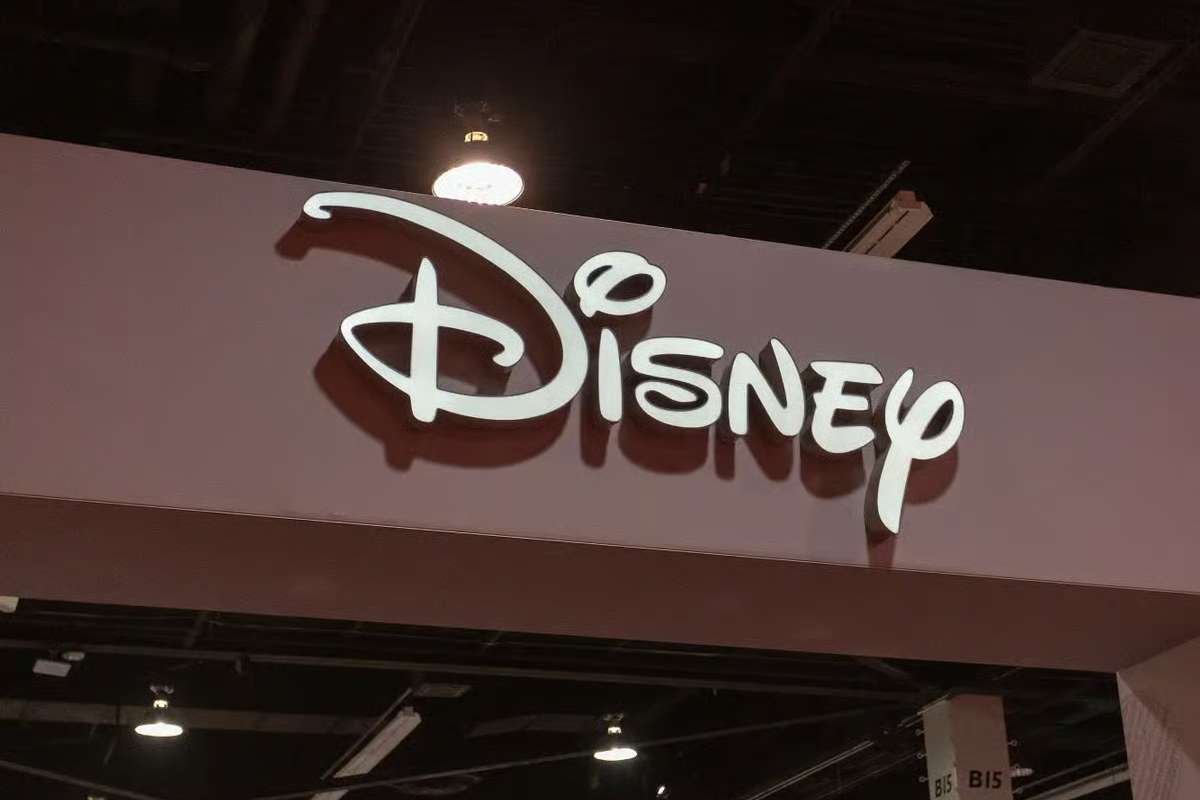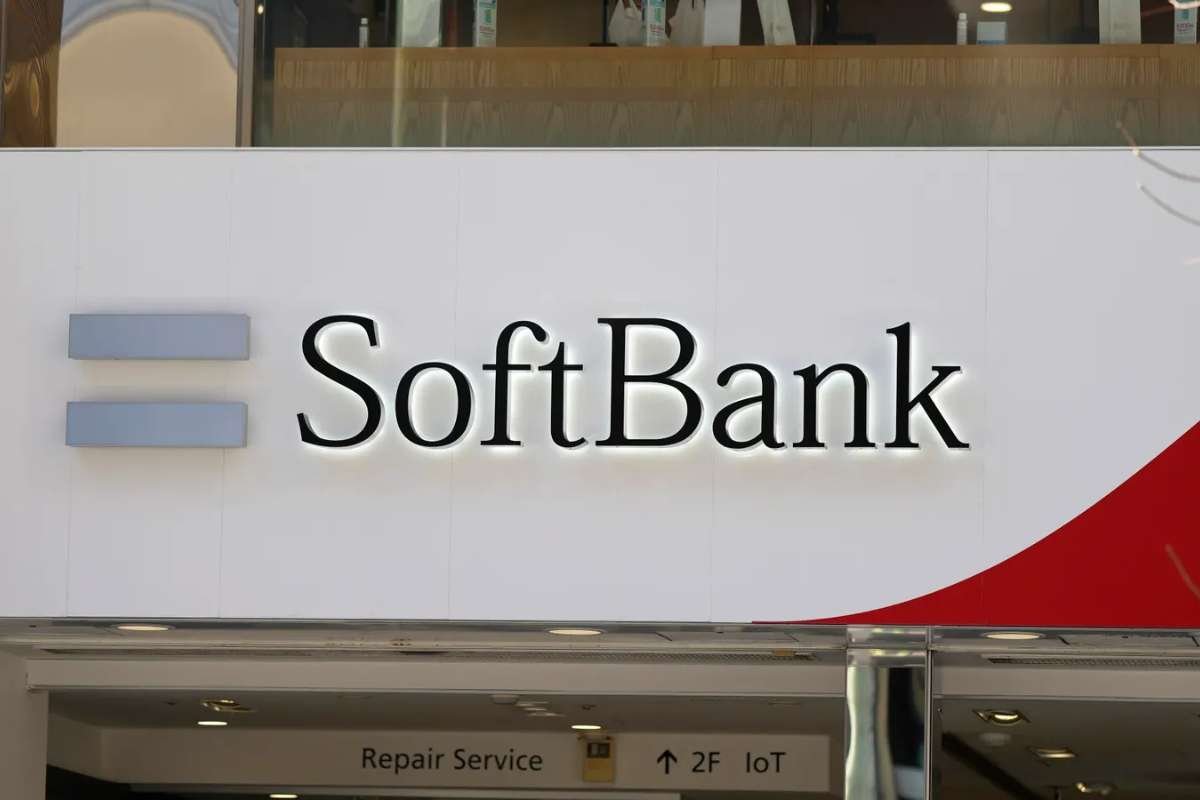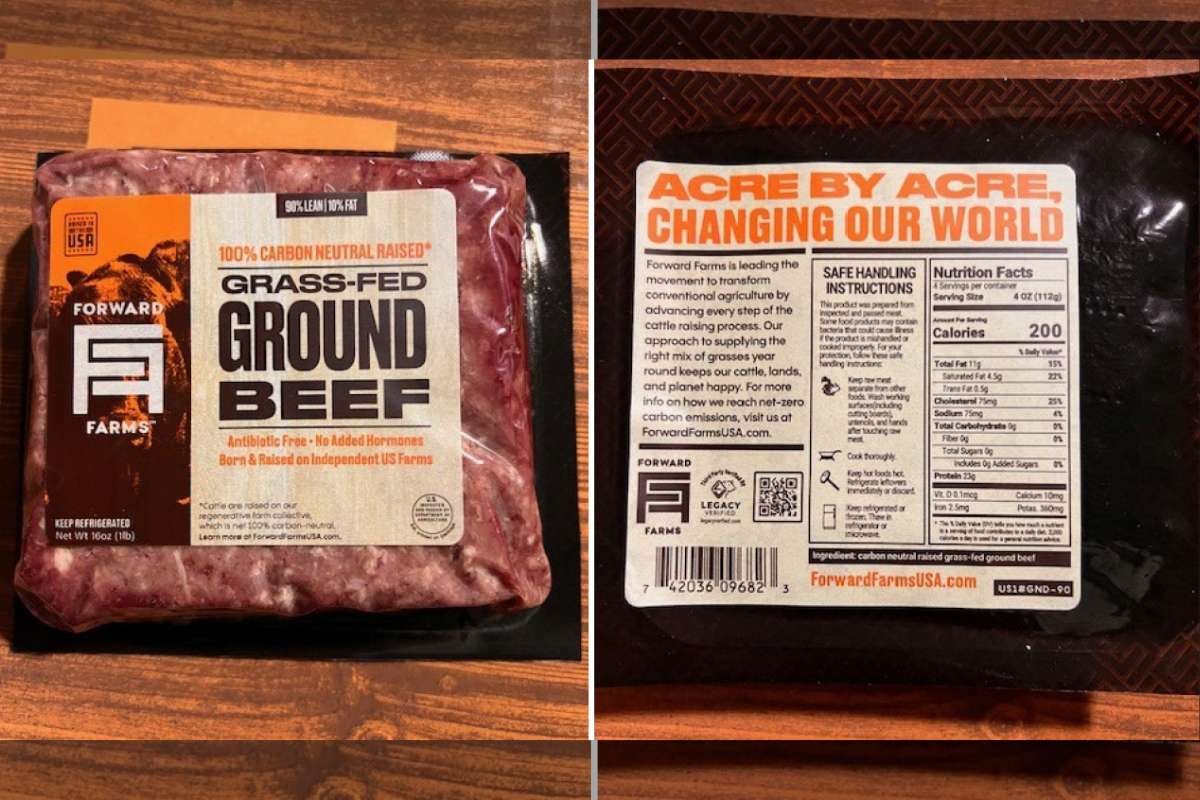In a significant development, former U.S. President Donald Trump announced a sweeping trade agreement with Japan on July 23, 2025. The Trade deal slashes tariffs on Japanese imports to a flat 15%, averting a potential trade war and replacing the threatened 25% duties that were set to take effect under Trump’s “Liberation Day” trade strategy.
In return, Japan committed to a $550 billion investment package aimed at strengthening U.S. supply chains across key sectors such as semiconductors, clean energy, and pharmaceuticals. The package, to be disbursed through Japanese government-backed loans and guarantees, is one of the largest bilateral investment pledges in recent history.
Trump described the agreement on Truth Social as “the biggest and most beautiful TRADE DEAL ever made with Japan,” framing it as a win for American jobs and manufacturing. Japanese Prime Minister Shigeru Ishiba, facing mounting domestic political pressure after recent electoral losses, praised the 15% tariff rate as the lowest among nations with a trade surplus with the U.S.
Notably, the agreement also includes expanded access for U.S. agricultural products—including rice and beef—while safeguarding protections for Japanese farmers.
Markets Surge and Mixed Industry Reactions
The financial markets responded with enthusiasm. Japan’s Nikkei 225 index jumped 2.6%, driven by significant gains in auto stocks—Toyota rose 11%, while Honda and Nissan each gained over 8%. The yen appreciated slightly against the dollar, reversing a recent downward trend spurred by global trade uncertainty.
In the U.S., futures for the S&P 500 and Dow Jones also turned green, with analysts seeing the Trade deal as a signal that the Trump administration could moderate its aggressive trade stance ahead of the August 1 tariff deadline.
However, reactions from U.S. industry groups were divided. The American Automotive Policy Council, representing GM, Ford, and Stellantis, criticized the tariff cut on Japanese vehicles, arguing it put North American manufacturers at a disadvantage—especially as Canadian and Mexican vehicle imports remain subject to higher duties.
Meanwhile, analysts at Meiji Yasuda Research Institute noted that the agreement could help Japan avoid a near-term recession, while market strategist Chris Weston of Pepperstone called the move “a strategic financial relief for Tokyo” and a “geopolitical chess move” for Washington.
Strategic, Political, and Global Implications
The Trade deal carries deep strategic implications. Beyond economic gains, Japan agreed to co-invest in U.S. energy projects—including an LNG pipeline in Alaska—and to bolster pharmaceutical manufacturing partnerships.
It also strengthens Trump’s push toward bilateralism in global trade. After a series of legal challenges weakened elements of the broader “Liberation Day” tariffs, the administration has shifted toward one-on-one deals, seeking more leverage while bypassing multilateral institutions like the WTO.
Politically, both Trump and Ishiba saw the Trade deal as a lifeline. Ishiba’s coalition recently lost its majority in Japan’s upper house, while Trump—under pressure from business lobbies and legal opposition—needed a diplomatic win ahead of a potentially disruptive tariff rollout next month.
Treasury Secretary Scott Bessent earlier hinted that a “positive outcome” with Japan was near. With the deal now finalized, trade negotiators are turning their attention to similar talks with the EU, UK, South Korea, and Southeast Asian economies, hoping to replicate this template before August 1.
The U.S.–Japan trade pact represents a rare moment of economic diplomacy in an increasingly protectionist global environment. It balances tariff relief with high-stakes investment, offering immediate benefits to both nations while reshaping the global trade playbook. Whether it sets the tone for future negotiations—or remains an outlier—will be closely watched as August approaches.


















